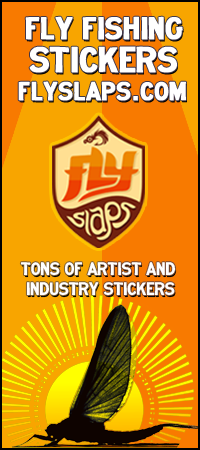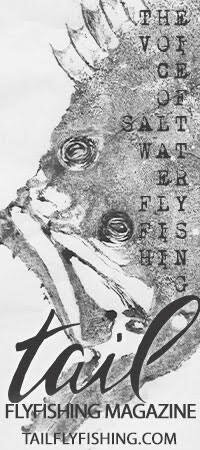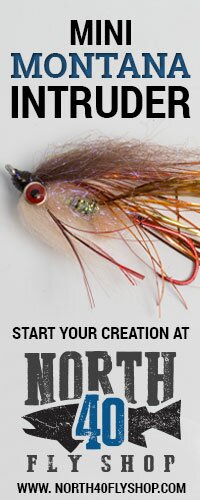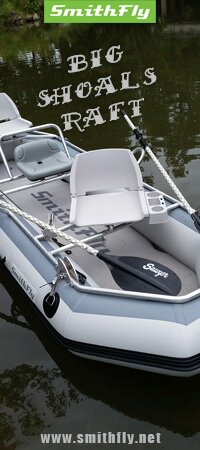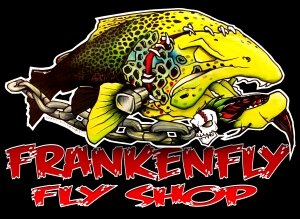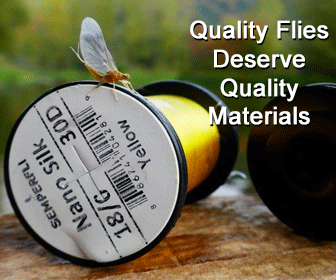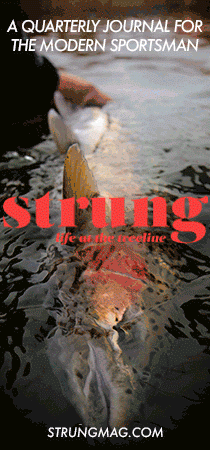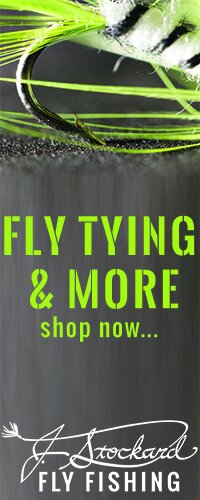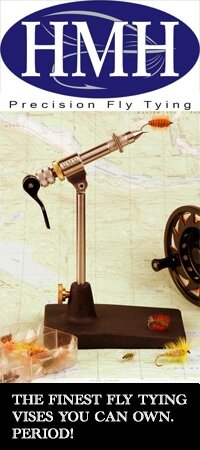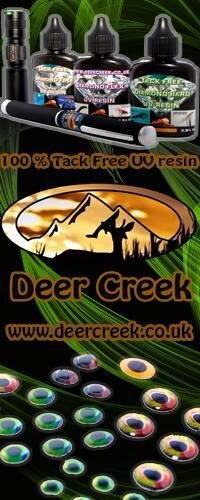
Cinberg
NOTE:
I was reading through the Sparse Grey Matter forum and stumbled upon talk of this little gem, which is called the Cinberg. This fly was researched by John Bonasera, also known as Catskill John.
If you are wondering, Sparse Grey Matter is a forum that centers around the fly tying and fly fishing of the Catskills. The rest of this post is written by John and the flies shown here are also tied by him.
Enjoy!
-Paul
From John Bonasera:
The story I have that goes along with this fly includes a 3 year search that involved an old man with a magazine, Rob J.[bamboo&brookies] and Phil Chase. In a nutshell, the old man was a friend of mine that fished the Cats’ in the 30’s and he gave me a Sports Afield from 1979 that had a story on the Comeback of the Delaware that he thought I would be interested in.
The story written by Phil Chase and Larry Madison gave a smidgen of info on a fly described as “a caddis spider made with wood duck feathers” that was originated on the Neversink and used by Doc Cinberg.
I tried for a few years to find any info on this fly. Tried to imagine what a spider with wood duck feathers would look like, but came up with nothing.
Then one day Rob called me and was telling me about Phil, they were fishing together and Phil told him some great stories about the Neversink, which is Rob’s stomping grounds, and in the conversation something clicked, the magazine, the Neversink, wood duck! It was an epiphany, and my life was complete, at least for that day!
I got an email from Rob that Phil sent him information describing the tying of the fly, it’s a little different, and that adds to its charm. I have been keeping this a secret, but Rob gave me the OK to let the cat out of the bag so patterns like this don’t get lost forever.
Of all the flies we talk about and ones that have stories attached to them, by far the Cinberg is the most charming. Its original, beautiful, productive and associated with one of the Catskills great riverkeepers.
As far as fishing the fly, as Doc described, I too fish this on a short line in pocket water. Simply dance it around letting it float for short distances and lifting to place in another spot. Working in close it’s easy to control and many times trout slash at it when you pick up for another drift. It’s not only productive, it’s a lot of fun.
From Rob J.:
Dr. Bernard Cinberg (1905-1979) was a physician who worked in Manhattan in the ’30s through ’70s and more importantly for us he was a conservationist who helped bring back the Neversink River from near death.
When Doc Cinberg fished the river below the dam in the ’60s and ’70s, New York City was extremely stingy about releasing cold water from Neversink Reservoir. So stingy that the general release during fishing seasons was around 15 cfs, which practically turned the river into a boneyard. To give you an idea of how pitiful that is, it’s roughly the flow rate of the Willow around the DeBruce area during low summer conditions.
Not only was the flow rate extremely low, but towns and industries along the river’s course were discharging sewage directly into the river.
So you can imagine what a putrid mess the Neversink was back then.
Doc Cinberg was associated with an advocacy organization called Catskill Waters, which worked to conserve and protect our rivers. Cinberg and the group kept pressure on New York City to increase flows from Neversink Reservoir to improve downstream conditions for trout.
In addition, Cinberg and Chase tracked down the pollution sources and through various efforts helped persuade towns and businesses to clean up their wastewater.
In short, Doc Cinberg, Phil Chase and a few other conservationists helped bring the river back to life and made it a viable trout fishery once again.
Phil Chase said, “Believe it or not- I NEVER had a refusal (on the Neversink not the Mongaup)- when the trout rose they took- sometimes hard splashy rises.”


Recipe:
Hook: Mustad 94840, size 14
Tail: brown spade hackle fibers
Body: tan fox fur
Hackle: brown or dark ginger fronted with wood duck. The WD is not wound like the hackle, it is tyed on first with the tips pointing forward, the rest of the fly is tied, tail, body and hackle, then after tying off the hackle the wood duck is pulled back, the thread wound through to the eye, and the wood duck gets worked back with a thread dam in front of it, forcing it back towards the hackle.
Tips on how to tie the Cinberg by John Bonasera.
Wrapping wood duck is hard to do, and if it was not for Phil Chase describing this technique to Rob, and then Rob to me, I would have scrapped alot of wood duck myself.
As Phil described, he used a “good sized wood duck feather”, I use a little less, however you want the fly is up to you. The original is heavy on the wood duck so for historical reasons keep that in mind. Here are the steps, they are kind of self explanitory, of course if somethings not clear, just ask.


Try to “spin” the feather around the shank here, with a soft loop first, then a tight couple wraps to get a nicely distributed amount of barbs around the shank. Sometimes I even pinch it a little and work it around to move the fibers underneath.




You could use a half hitch tool here, or your hands, its easier for me with this little tool.

















